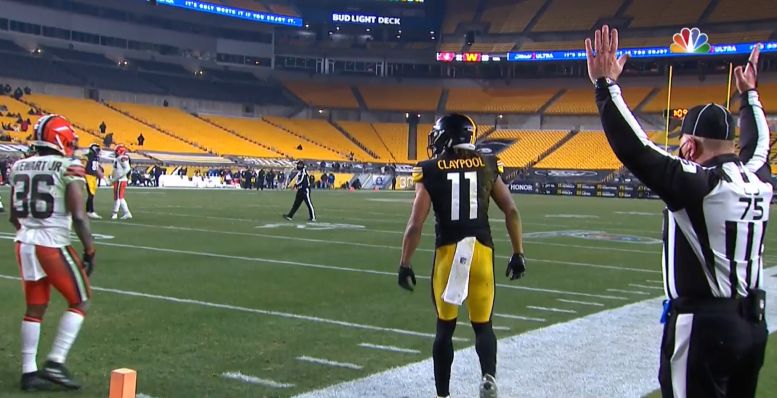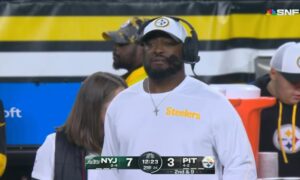The Pittsburgh Steelers’ 2020 season is now in the books, and it ended in spectacular fashion—though the wrong kind of spectacular—in a dismal postseason defeat at the hands of the Cleveland Browns, sending them into an early offseason mode after going 12-4 in the regular season and winning the AFC North for the first time in three years.
Since then, they have lost several players in free agency who were key members of the offense and defense, and multiple starters retired, as well. They made few notable additions in free agency, and are banking on contributions on offense from their rookies, as well as perhaps a last ride for Ben Roethlisberger.
The only thing facing them now as they head into 2021 is more questions, and right now, they lack answers. They know that they have Roethlisberger for one more year, but was that even the right decision? How successful can Najee Harris be behind a questionable offensive line? What kind of changes can Matt Canada and Adrian Klemm bring to the offense? And how can the defense retain the status quote with the losses of Bud Dupree, Steven Nelson, and Mike Hilton?
These are the sorts of questions among many others that we have been exploring on a daily basis and will continue to do so. Football has become a year-round pastime and there is always a question to be asked, though there is rarely a concrete answer, but this is your venue for exploring the topics we present through all their uncertainty.
Question: How will Chase Claypool perform in his second season in comparison to other 2020 wide receivers?
Even in retrospect, we often view players in relation to how they came into the league, based on decisions that teams make in opting for one player over another. Phrases like ‘forever linked’ will get thrown about if two players from the same position are drafted by division rivals, especially if they happen soon after one another.
The same happens for positional draft classes. The 2004 quarterback class, for example, will always be tied to one another, as one of the most prominent examples. We’ve often heard talk about recent wide receiver classes, as well, and the 2020 class is no exception.
Many rookie wide receivers played very well last season, including the Pittsburgh Steelers’ Chase Claypool, who caught 62 passes for 873 yards and 9 touchdowns in 2020. He led all rookies in scoring, but was fourth in both receptions and receiving yards, trailing Justin Jefferson of the Minnesota Vikings, CeeDee Lamb of the Dallas Cowboys, and Tee Higgins of the Cincinnati Bengals—all three of whom were drafted ahead of him.
Other wide receivers of note are Henry Ruggs, Jerry Jeudy, Jalen Raegor, Brandon Aiyuk, Michael Pittman, Jr., KJ Hamler, and the list goes on and on. All of them, among others, figure to play a prominent role for their respective teams in 2021. How will Claypool stack up in his performance with the Steelers this year?








